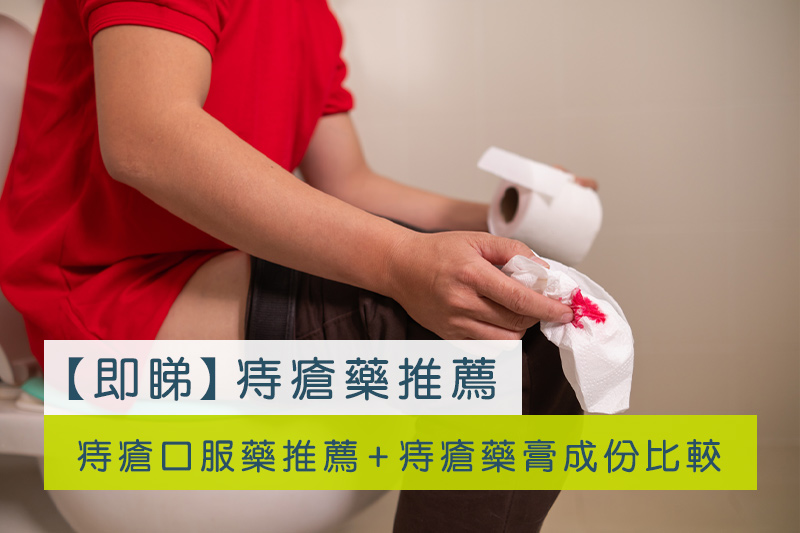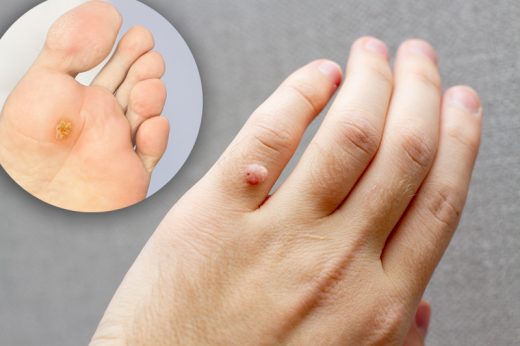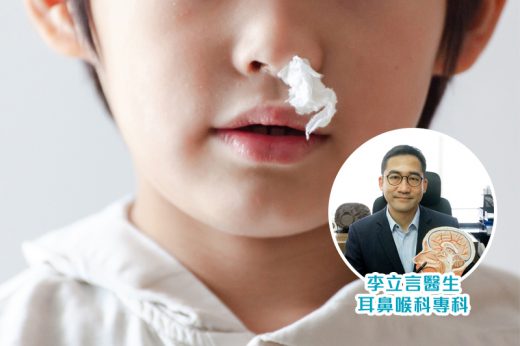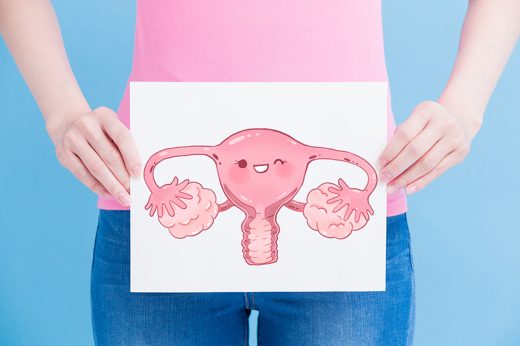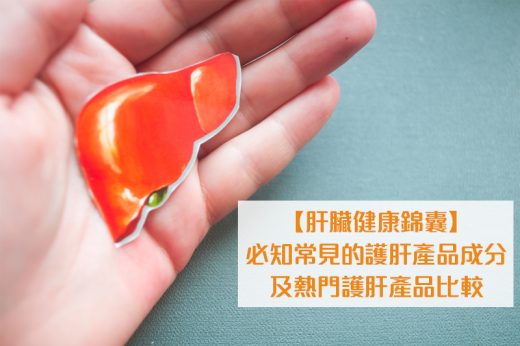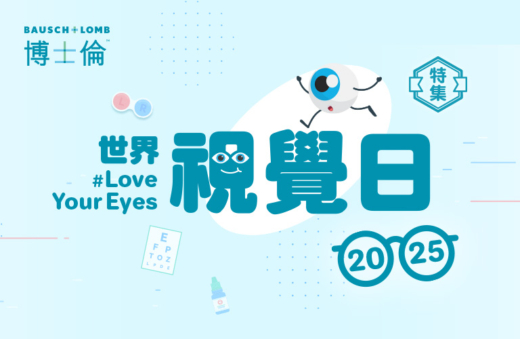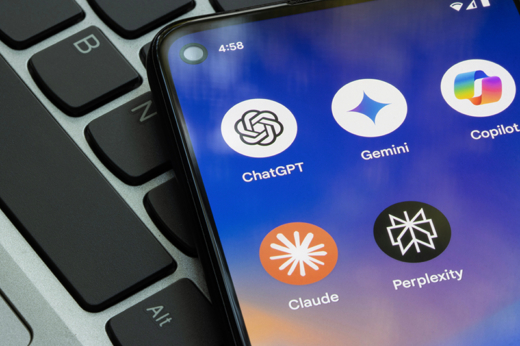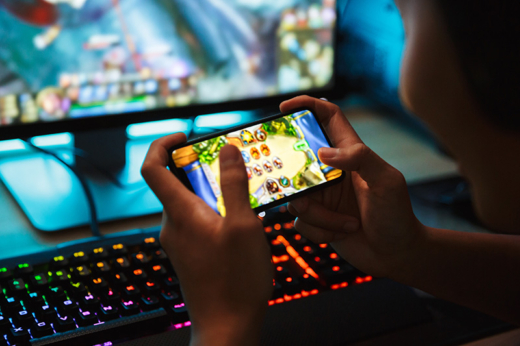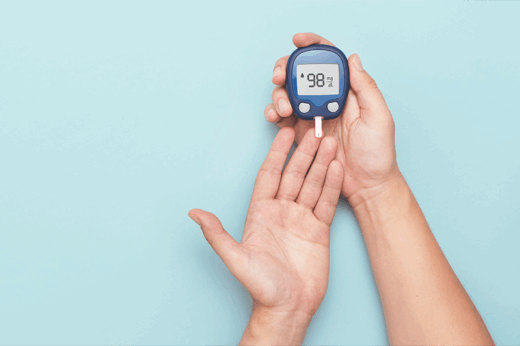參考資料:
Goto, Y., & Grace, A. A. (2005). Dopaminergic modulation of limbic and cortical drive of nucleus accumbens in goal-directed behavior. Nature Neuroscience, 8(6), 805–812. https://doi.org/10.1038/nn1471
Hale, L., & Guan, S. (2015). Screen time and sleep among school-aged children and adolescents: A systematic literature review. Sleep Medicine Reviews, 21, 50–58. https://doi.org/10.1016/j.smrv.2014.07.007
Hyman, S. E., Malenka, R. C., & Nestler, E. J. (2006). Neural mechanisms of addiction: The role of reward-related learning and memory. Annual Review of Neuroscience, 29, 565–598. https://doi.org/10.1146/annurev.neuro.29.051605.113009
Jiang, L., & Yoo, Y. (2024). Adolescents' short-form video addiction and sleep quality: The mediating role of social anxiety. BMC Psychology, 12(1), Article 369. https://doi.org/10.1186/s40359-024-01865-9
Kardefelt-Winther, D. (2014). A conceptual and methodological critique of internet addiction research: Towards a model of compensatory internet use. Computers in Human Behavior, 31, 351–354. https://doi.org/10.1016/j.chb.2013.10.059
Kyu, C. O., & Cho, E. (2018). The mechanism of trust affecting collaboration in virtual teams and the moderating roles of the culture of autonomy and task complexity. Computers in Human Behavior, 90, 201–209. https://doi.org/10.1016/j.chb.2018.09.032
Nathawat, S., & Singh, P. (2021). Social media addiction and self esteem: A study on emerging adults. International Research Journal of Educational Technology, 1(5), 89–94. https://www.researchgate.net/publication/353452030_SOCIAL_MEDIA_ADDICTION_AND_SELF_ESTEEM_A_STUDY_ON_EMERGING_ADULTS
Scott, H., & Woods, H. C. (2019). Understanding links between social media use, sleep and mental health: Recent progress and current challenges. Current Sleep Medicine Reports, 5(3), 141–149. https://doi.org/10.1007/s40675-019-00148-9
Tu, W., Nie, Y., & Liu, Q. (2023). Does the effect of stress on smartphone addiction vary depending on the gender and type of addiction? Behavioral Sciences, 13(10), Article 810. https://doi.org/10.3390/bs13100810
Vannucci, A., Flannery, K. M., & Ohannessian, C. M. (2017). Social media use and anxiety in emerging adults. Journal of Affective Disorders, 207, 163–166. https://doi.org/10.1016/j.jad.2016.08.040
Xu, Z., Gao, X., Wei, J., Liu, H., & Zhang, Y. (2023). Adolescent user behaviors on short video application, cognitive functioning and academic performance. Computers & Education, 203, Article 104865. https://doi.org/10.1016/j.compedu.2023.104865
Ye, J. H., Wu, Y. T., Wu, Y., Chen, M., & Ye, J. (2022). Effects of short video addiction on the motivation and well-being of Chinese vocational college students. Frontiers in Public Health, 10, Article 847672. https://doi.org/10.3389/fpubh.2022.847672
Xie, X., Chen, W., Zhu, Q., & He, D. (2019). Parents’ phubbing increases adolescents’ mobile phone addiction: Roles of parent-child attachment, deviant peers, and gender. Children and Youth Services Review, 105, Article 104418. https://doi.org/10.1016/j.childyouth.2019.104418
Zhang, X., Chen, X., & Li, Y. (2021). Exploring short-form video application addiction: Socio-technical and attachment perspectives. Telematics and Informatics, 65, Article 101712. https://doi.org/10.1016/j.tele.2021.101712









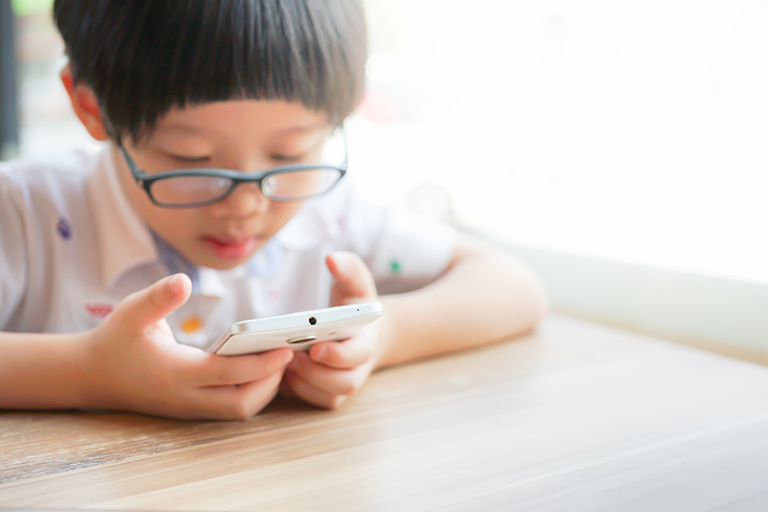
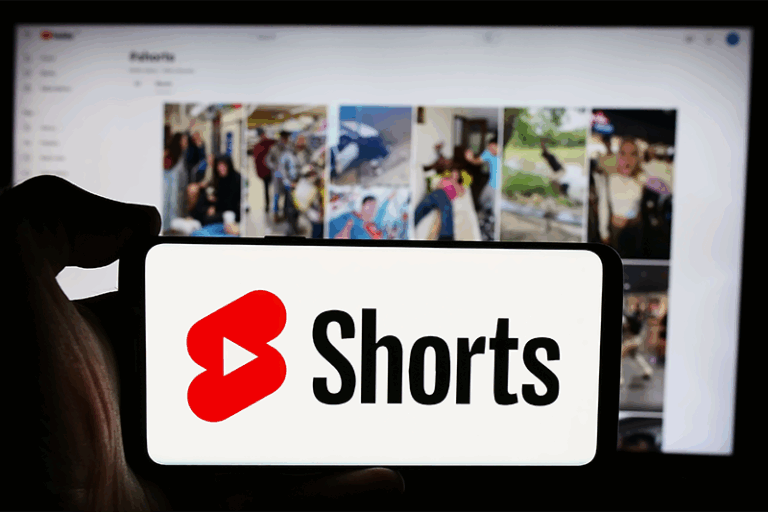
 撰文:輔導心理學家吳綺敏女士 (Ms. Pil Ng)
撰文:輔導心理學家吳綺敏女士 (Ms. Pil Ng)



